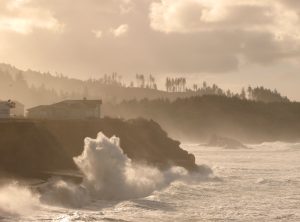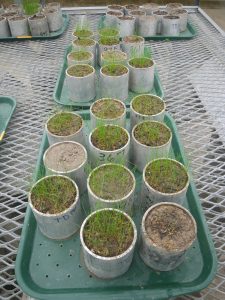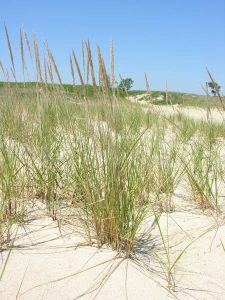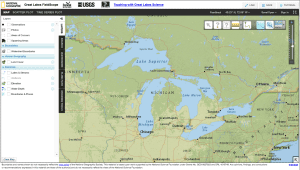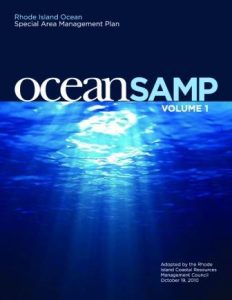
Biden-Harris Administration invests $60 million to build a climate-ready workforce through Investing in America agenda
Today, the Department of Commerce and NOAA announced $60 million in funding to help train and place people in jobs that advance a climate-ready workforce for coastal and Great Lakes states, Tribes and Territories as part of President Biden’s Investing in America agenda under the Inflation Reduction Act. To date, awards like these from President Biden’s Investing in America agenda have created more than 270,000 jobs across the country.
The funding will support nine projects around the nation, with $50 million going directly to the projects and $10 million for technical assistance to support the grantees.





